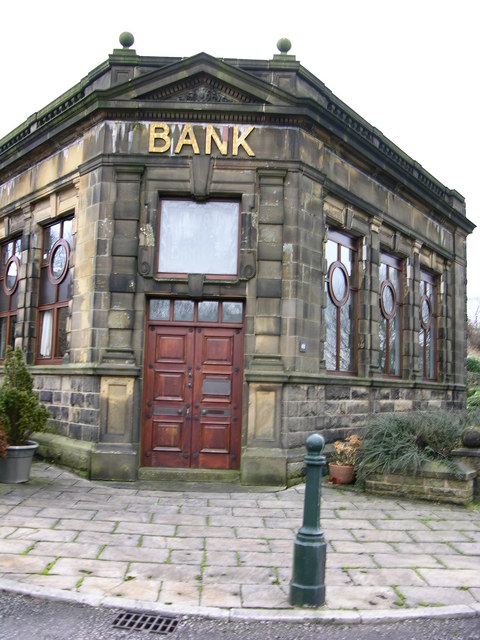Esta web utiliza cookies para que podamos ofrecerte la mejor experiencia de usuario posible. La información de las cookies se almacena en tu navegador y realiza funciones tales como reconocerte cuando vuelves a nuestra web o ayudar a nuestro equipo a comprender qué secciones de la web encuentras más interesantes y útiles.
Publications
The foreclosure crisis associated with the banking crisis transformed banks in the hardest-hit countries into real estate brokers. The main novelty of this paper is to study banks as sellers of their own foreclosed properties and compare banks’ sales outcomes with those of traditional agents in the real estate market. We compare the list price, selling price, time on market and price discount of traditional real estate companies (TRECs) and bank-owned real estate companies (BRECs). We find evidence of a higher selling price, higher list price and longer time on market (TOM) for BRECs than for TRECs. Our findings are consistent with BRECs displaying greater patience as well as lower risk aversion. However, these explanations are not enough to fully account for the magnitudes of the coefficients. The empirical estimates suggest that information in the housing market may also be a source of distortions. In fact, the main aim of the sale varies depending on the incentives of the company. BREC sellers are banks that own the properties for sale, so their incentives are to maximize selling prices to reduce the loss charged to their annual results, while TRECs seek to minimize the TOM.
García-Montalvo, J. and J. M. Raya (2023). «A comparison of banks and real estate intermediaries as house sellers». Journal of Housing and the Built Environment 38 (September): 1385–1407.



